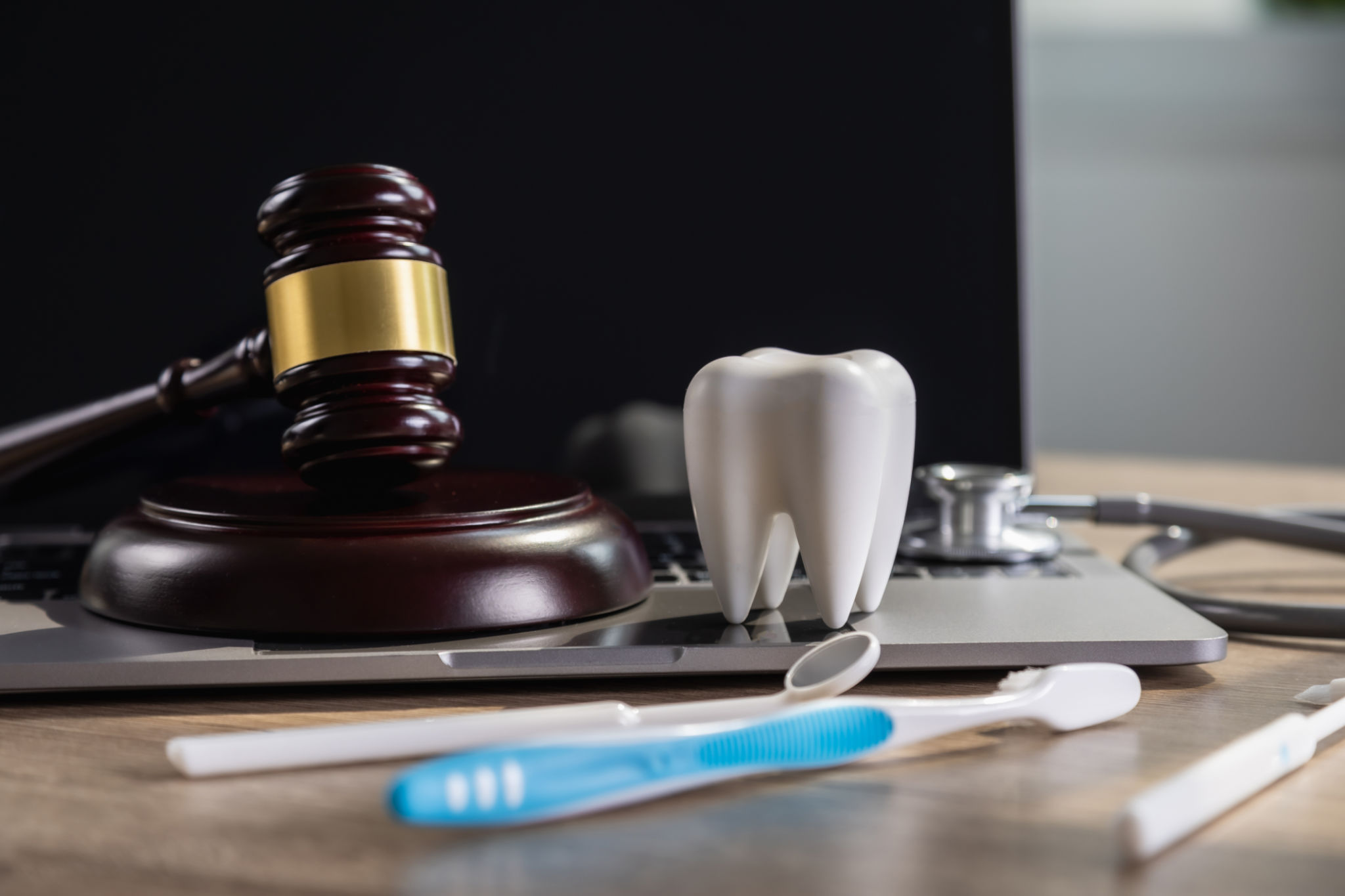How to Maintain Your Dental Portable X-Ray for Optimal Performance
Understanding the Importance of Maintenance
Regular maintenance of your dental portable X-ray machine is crucial for ensuring its optimal performance. Not only does it extend the lifespan of the equipment, but it also ensures the safety and accuracy of the diagnostic images it produces. Without proper care, the device can develop issues that may result in inaccurate readings or even pose risks to patient safety.
Investing time in maintenance can save money and resources in the long run by minimizing the need for repairs and replacements. Furthermore, well-maintained equipment contributes to a smoother workflow in your dental practice, enhancing patient experience and care.

Daily Maintenance Tasks
Start by incorporating daily maintenance routines into your practice. These are simple tasks that can make a significant difference in the performance of your X-ray machine. Begin by inspecting the machine for any visible signs of wear and tear, such as cracks or loose parts. Make sure to clean the machine's exterior surfaces using a soft, damp cloth to remove any dust or debris.
Additionally, check that all cables and connections are secure and free from damage. Keep the X-ray unit's workspace well-organized, ensuring that all accessories are stored properly when not in use to prevent unnecessary strain on the equipment.
Weekly and Monthly Checks
In addition to daily tasks, weekly and monthly checks are essential for thorough maintenance. Once a week, perform a more detailed inspection of the machine’s components. This includes testing the functionality of control panels and ensuring that all settings are calibrated correctly.

Monthly maintenance should include a comprehensive cleaning of the interior components. Follow the manufacturer’s guidelines for opening and cleaning internal parts, if applicable, or contact a professional service if needed. Regular calibration checks should also be performed to ensure that the X-ray images remain accurate and clear.
Ensuring Safety Compliance
Maintaining your dental portable X-ray machine isn't just about keeping it in good working order; it's also about adhering to safety standards. Ensure that your equipment complies with local regulations regarding radiation safety. This includes checking that all safety features are operational and that warning labels are clearly visible and legible.
Training staff on proper usage and safety protocols is equally important. Regularly update training sessions to cover any new guidelines or changes in equipment handling to maintain a high standard of safety in your practice.

Documenting Maintenance Activities
Keeping detailed records of all maintenance activities is crucial. Document every inspection, cleaning, repair, and calibration session in a logbook or digital system. This not only helps track the machine's condition over time but also provides valuable information during audits or if issues arise.
Having a comprehensive maintenance record can also be beneficial when deciding whether it's time to upgrade or replace your equipment, as it provides insight into the machine’s history and performance trends.
Scheduling Professional Servicing
Even with diligent in-house maintenance, scheduling regular professional servicing is advisable. A qualified technician can perform more advanced diagnostics and repairs that may not be possible in a dental office setting. Aim to have professional servicing at least once a year or more frequently if recommended by the manufacturer.
This professional insight ensures that your equipment is always running at its best and helps identify potential issues before they become costly problems.

Conclusion
Maintaining your dental portable X-ray machine for optimal performance involves a combination of daily care, regular inspections, compliance with safety standards, and professional servicing. By investing time in these practices, you enhance the reliability of your diagnostics and deliver better care to your patients. Remember, well-maintained equipment is key to a successful dental practice.
